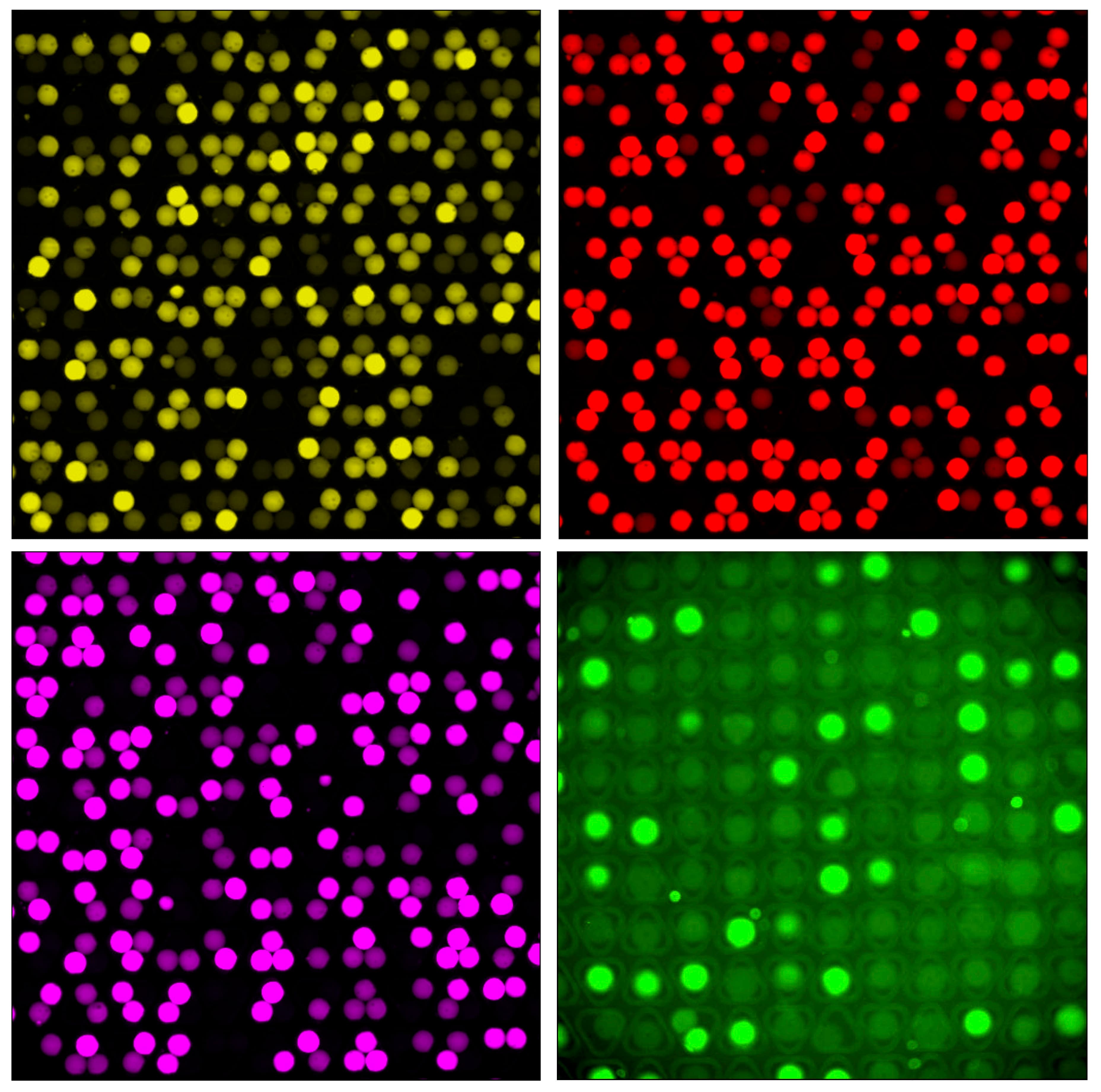research projects
An overarching goal of my research is to uncover the principles that govern microbial community stability and resilience across environmental contexts, using synthetic communities ranging from free-living (aquatic) to host-associated (gut, vaginal) systems. By studying how these ecosystems retain or lose function under controlled disturbances, I aim to identify general rules and convert them into predictive ecological models. Grounded in biophysics and microbial ecology, my work examines how physical, physiological, and ecological constraints shape microbial traits and interactions, and how those factors, in turn, determine community composition, collective behavior, and long‑term functional robustness.

functional redundancy and bacterial interactions in marine bacterial communities
With my work, I aim to contribute to our understanding of how microbial communities respond to environmental change, and what makes their functional output resilient. While functional redundancy and interaction networks are often assumed to confer stability, we still lack a mechanistic understanding of how these features interact to shape whole-community behavior across conditions. To address this, I am building synthetic bacterial communities that deliberately differ in species makeup, metabolic skill sets, and interaction patterns, drawing on strain libraries from marine habitats, drawing on strain libraries from marine systems. Using high-throughput droplet microfluidics, I measure thousands of communities in parallel, tracking substrate turnover and growth across gradients of temperature, pH, and nutrient complexity. This experimental platform allows me to test how resilience emerges from ecological structure — and how it is shaped by trait distributions, resource environments, and network architecture.

ecology of a synthetic gut community
During my PhD, I used a synthetic gut bacterial community, the Oligo‑Mouse‑Microbiota (OMM12), as a tractable gut model to map how the biotic and abiotic context, and community composition reshape microbial interaction networks and, in turn, key functions such as colonization resistance to Salmonella enterica. Bottom‑up mono‑ and community co‑cultures, metabolomics, and metabolic‑network reconstructions showed that both syntrophic interactions and interference competition organize the community, and that shifting nutrient landscapes can redirect its structure. Dropout experiments pinpointed “keystone” strains that modulate the composition and metabolic output of the bacterial community in a context dependent manner. Together, these projects contributed mechanistic and ecological knowledge about how gut communities assemble, interact with their environment and protect their host. You can find the resulting publications here:

timing of toxin release in bacterial warfare
Combining single‑cell fluorescence microscopy, two‑strain competition assays, and mathematical modelling helped us to reveal how the timing of Colicin E2 production and cell lysis controls the battle between toxin‑producing and sensitive Escherichia coli strains. Delaying cell lysis lets producers stockpile more toxin, and this higher dose, not the exact release moment, ultimately decides the winner. This work uncoupled “when” from “how much” in toxin warfare and showed how metabolic conditions (e.g., glucose vs. glycerol) tune these dynamics. Read the full story here: